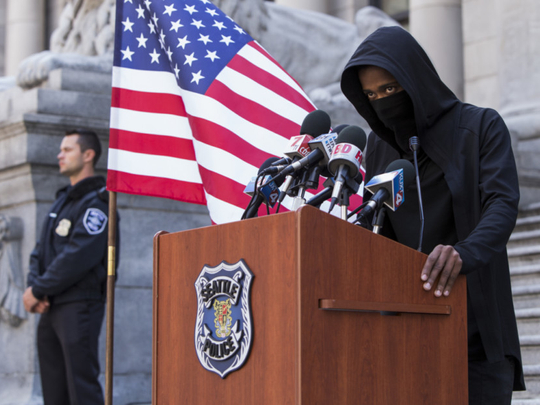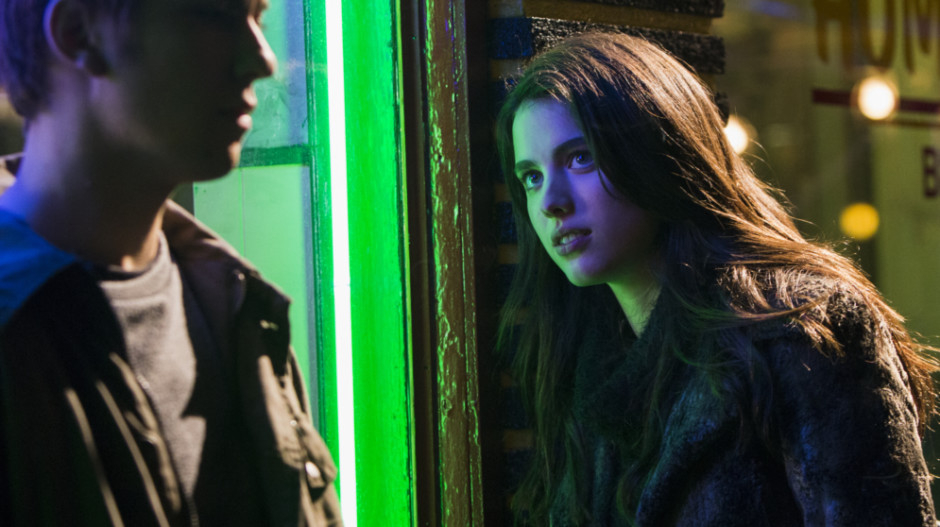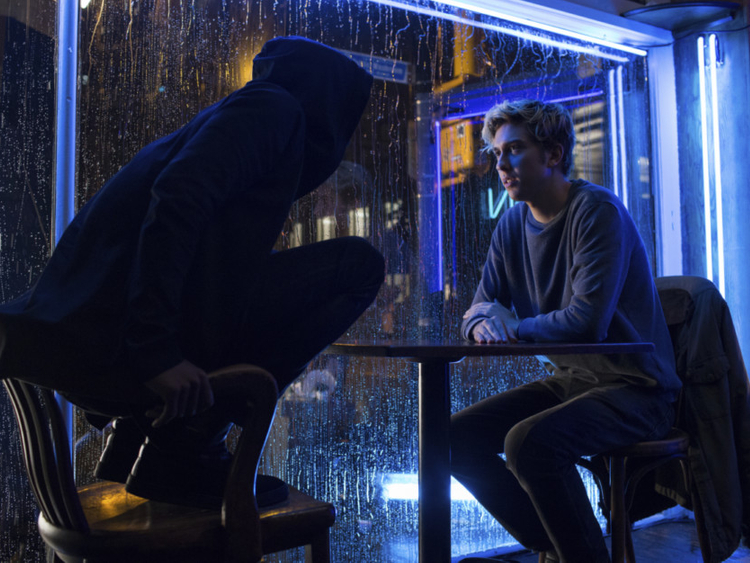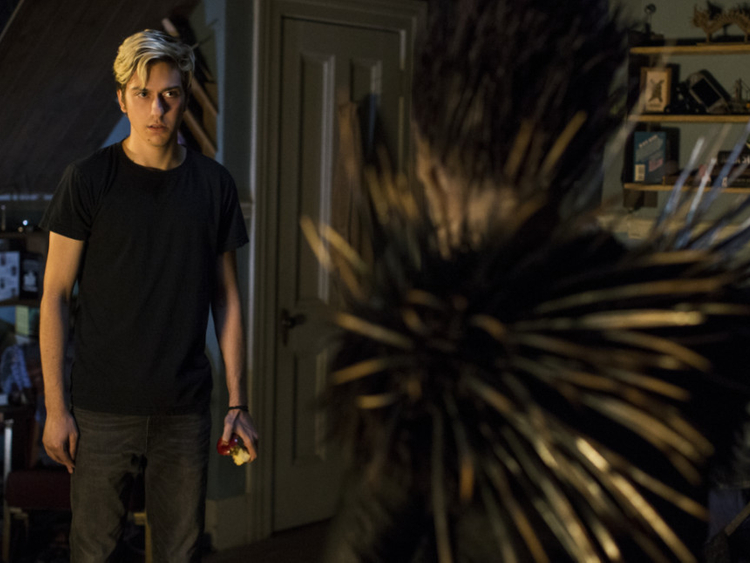
There are several reasons why a North American movie adaptation of the popular Japanese manga, Death Note, was a bad idea from the get-go. From Americanising what is uniquely a Japanese story to cramming 108 chapters of the serialised series into a 101-minute long movie, one would be forgiven for thinking the makers would stop at that level of butchery.
But director Adam Wingard (the indie genre sweetheart behind films like You’re Next and The Guest decided that it would be a great idea to go ahead and also whitewash a cast that’s originally entirely Japanese. The result, as you’d expect, is soulless and nonsensical.
Young high school outcast/genius student Light Turner (a blase Nat Wolff) finds a supernatural book that gives its owner the power to kill anyone whose name is written in the said book, inventively named the Death Note. Joined by the notebook’s original quilled and bug-eyed, seven-feet-tall shimigami (death god|) owner Ryuk, voiced by the brilliant Willem Dafoe, Light sets out on a vengeance-guided killing spree which later turns into a moral obligation to wipe off the world’s bad dudebros. Think ISIS, rapists, drug lords, the works.
Also helping Light in his hysterical endeavour is his girlfriend Mia Sutton (Margaret Qualley), bonded to him by her own unexplained and unexplored bloodlust. It’s the stuff undying love is made of: Popular, hot cheerleader drawn to the quiet geek after a display of unchecked violence. What could go wrong?
Hot on his heels is L, a genius detective (yes, they are all geniuses), raised from when he was an orphaned baby by a shadowy orgainsation into a deadly tracker. L, who keeps his face and name hidden, so as to not get killed by Light, is played by Lakeith Stanfield, the breakout star of Get Out, in a tic-filled, enigmatic turn that is at its best exciting and its worst, comical.
During the film’s short runtime, Wingard tries to showcase a range of genre stylistics, a potpourri that never comes together. While you can try to enjoy the movie for how good it looks, it’s a difficult task when the storyline and characters shift moods and gears every 10 seconds. Wingard, foolishly, tries hard to stick to the source material, filled with philosophical and existential queries and explorations, and the same time create his own movie, and the film falls apart in the ensuing struggle.
The movie’s only redeeming quality is Dafoe as Ryuk. As the mischievous shimigami (think of the Asgardian Loki), Dafoe lends Death Note some legitimacy. Unfortunately, Ryuk’s presence in the film is criminally underused and even when he does appear, he drowns the scene with his imposing presence.
If the gifted director had spent more time developing a stronger central theme and the heady conflict between Light and L, the film would have mildly succeeded. But instead, the director falls into the trap of building a franchise, ending the film ambigously enough to warrant a sequel. The question is: Will anybody be watching?
___
Death Note is now streaming on Netflix.
















